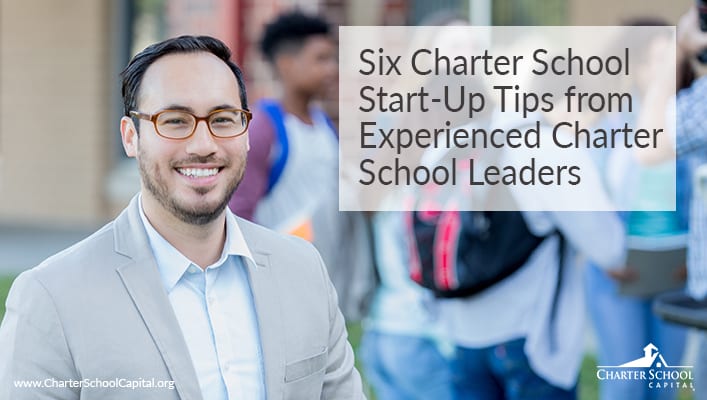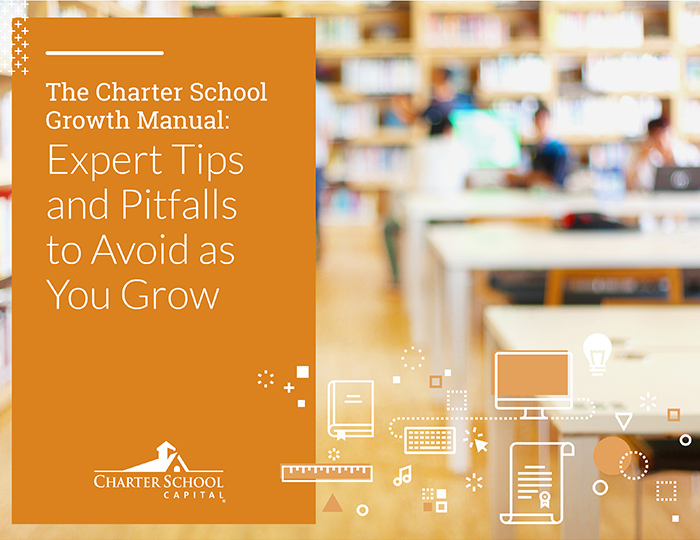This article by Dr. Ramona Bishop is a repost from EdSource.
By now, many people are familiar with the troubling lack of diversity among classroom teachers in California. While nearly 3 out of 4 public school students are non-white, approximately two-thirds of our teachers are white. Most troubling is the serious lack of Black male teachers, who only make up 1% of California’s teacher workforce. We are beginning to see a consensus develop that says more Black educators are needed as one component of a strategy to help ensure more Black students get the education they deserve.
A bill making its way through the Legislature, AB 520, sponsored by State Superintendent of Public Instruction Tony Thurmond and introduced by Assemblyman Mike Gipson, would provide $15 million in competitive grants to schools that “address a local need for a pool of teachers that can serve the entire student body” with the intent of increasing the number of Black educators in the classroom.
The charter school I helped found serves a student body that is 95% children of color. Black men and women make up a majority of our board of directors. Recruiting qualified Black educators is a high priority for us, and we have been relatively successful. Eighty-five percent of our teachers are people of color, 30% are Black, including 15% who are Black men. I applaud Superintendent Thurmond and Assemblyman Gipson for their attention to this issue, and the bill is a good first step.
What our experience has revealed, however, is that we must do much more to truly address the very real, systemic issues that keep Black men from entering the teaching profession to be successful on the scale that will really make a difference to students of color.
The first issue is obvious, but some would rather not talk about it. While there has been marginal progress in recent years, continued under-education, over-incarceration and other issues in the Black community mean fewer Black men are qualified to teach. California has stubborn and persistent gaps in educational opportunities for Black males compared with nearly every other demographic group.
Subject-matter proficiency rates and A-G completion for Black boys lags badly behind those of white peers. Black students attend and persist through college at lower rates and have fewer professional opportunities. As a result, though they are bright and more than capable, Black men are underrepresented in nearly every profession that requires more than a high school diploma.
Increasing the number of Black men in the teaching profession is no different than increasing the number of Black accountants, doctors, engineers or lawyers. Drastic improvements in Black male education are necessary to improve professional opportunities for Black men everywhere, including as teachers.
Next, to ensure that qualified Black men who wish to teach actually make it to the profession, the role of the California Commission on Teacher Credentialing (CTC) needs to be considered from an entirely new perspective. The current compliance-based system for licensing teachers is bureaucratic and over-reliant on exams at the expense of fairly determining teacher competency.
Over and over again, I have encountered powerful educators serving as instructional assistants and substitutes who cannot pass one of the many assessments required for teachers to obtain their credentials. Required exams such as CBEST, RICA, CSET must each be reviewed for bias. Potentially impactful teachers have abandoned their pursuit of the profession because they are not able to pass one or more sections of these assessments or are stymied by rigid conditions.
One Black applicant I tried to hire wanted to embark on a second career as a fifth grade teacher. He had a doctorate degree and had completed his bachelor’s degree in three years, passed the CBEST and two sections of the CSET. However, because his college transcripts did not list the subjects in which he earned AP credit in high school in the late 1970s, he could not apply for a temporary credential. I lost the candidate to another profession while trying to figure out how to prove this was a great candidate for the position.
If we argue that students should have multiple ways to demonstrate their competency in core areas, why would the same not be true for our teachers?
Finally, school districts and charter schools may not contact the Commission on Teacher Credentialing directly to resolve issues regarding educator credentials. CTC policies unnecessarily require the use of county offices of education as middlemen. When working on these issues, we are at the mercy of county office credential technicians to interpret requirements or to advocate on our behalf.
While I appreciate the hard work and support of our county office credential technicians, local education agencies need direct communication with the credentialing commission to ensure that we are granted all the temporary, provisional and intern credentialing permits needed in a timely manner to ensure that our students have qualified, competent and passionate adults in place providing instruction in all classrooms.
Whether intentional or not, California’s legacy educational systems fail to adequately meet the needs of Black students and teaching candidates, particularly Black men. Getting more Black men into the teaching profession requires substantial solutions and audacious reforms, not small — if well-meaning — gestures like AB 520 that ignore fundamental systemic inadequacies holding back our Black men.
Ramona Bishop is a co-founder, president and CEO of ELITE Public Schools in Vallejo. She has been an education professional for over 25 years and is a past president of the California Association of African-American Superintendents & Administrators and previously served as a member of the EdSource board.
 Do you remember why you started your school?
Do you remember why you started your school?





